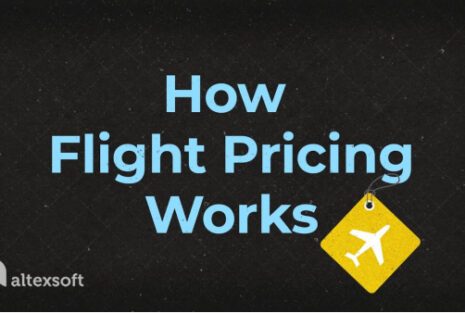Fare buckets
Fare buckets are classes or groups of airfares within the same class. They are managed by the airline inventory system (AIS) that opens or closes fare buckets according to the rules set by an airline as part of its revenue management strategy. That approach is called dynamic pricing and involves constant fare rate fluctuation depending on market conditions.
So, the tickets in different fare buckets are sold for different prices. Usually, as the tickets from the cheapest, base fare bucket are sold out, that bucket is closed and the next one – with higher fares and more services included – opens up. It happens due to the traditional logic that leisure travelers are more price-sensitive and ready to buy cheaper tickets in advance, while business travelers are willing to pay higher prices for last-minute purchases.
However, airlines closely monitor demand and can dynamically react by reopening low-fare buckets to encourage purchases or closing them up sooner if the demand is too high.
Normally, the fares within buckets are fixed. However, they can also change because of external factors such as fuel price fluctuations, seasonal trends, competitors’ activity, and so on.







